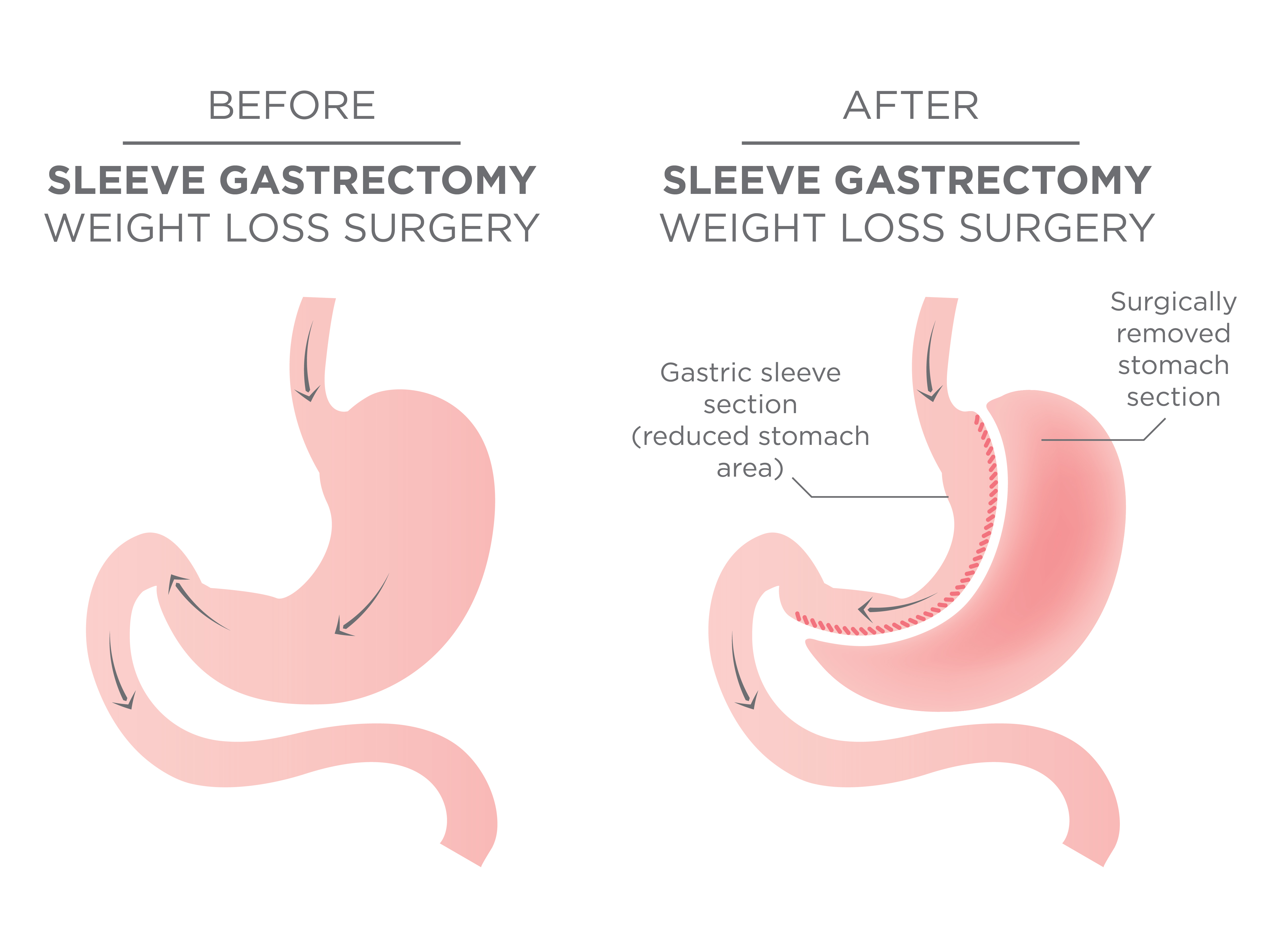
Gastrectomies are performed to treat cancer and complicated ulcer disease of the stomach.
In severe duodenal ulcers it may be necessary to remove the lower portion of the stomach called the pylorus and the upper portion of the small intestine called the duodenum. If there is a sufficient portion of the upper duodenum remaining a Billroth I procedure is performed, where the remaining portion of the stomach is reattached to the duodenum before the bile duct and the duct of the pancreas. If the stomach cannot be reattached to the duodenum a Billroth II is performed, where the remaining portion of the duodenum is sealed off, a hole is cut into the next section of the small intestine called the jejunum and the stomach is reattached at this hole. As the pylorus is used to grind food and slowly release the food into the small intestine, removal of the pylorus can cause food to move into the small intestine faster than normal, leading to gastric dumping syndrome.
Partial or complete removal of the stomach for cancer depends on the location of the tumor itself. If high, or in the inner side of the stomach, it usually requires complete removal. Reconnecting the esophagus or the small part left from the stomach afterwards to the small intestine (Jejunum) through two connections usually.
All these procedures can be done laparoscopically at GBMC with great results. Radical gastrectomy with D2 lymphadenectomy which is the standard surgical treatment for high gastric cancer, is done with great experience at GBMC laparoscopically. The track record started after Dr. Ahmad Bashir joined the family of Jordan Hospital.
Even for tumors at the Gastroesophageal junction, which pose a challenge to all surgeons, the laparoscopic approach to all these with all different options for management can be done, and has been done at GBMC and Jordan Hospital with great success, and excellent outcomes.

